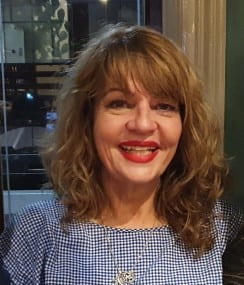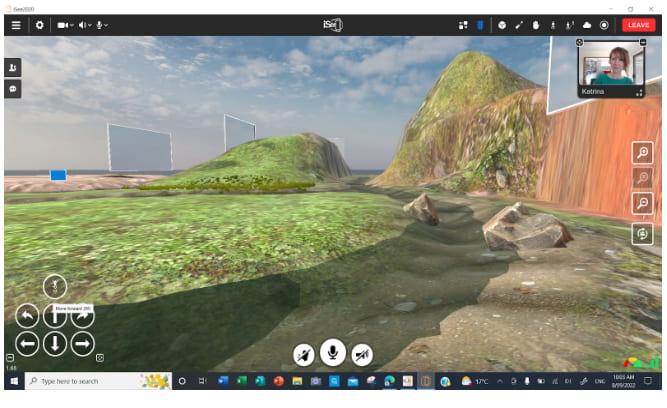5 Questions with 1 Early Adopter


Sue Tuitupou
Lecturer (First Nations Studies)
College for First Nations


In 2022, Technology Demonstrators ran an early adopters program with iSee, an innovative platform that allows for the creation of virtual teaching spaces. Sue Tuitupou, Lecturer in First Nations studies was one of our innovative and enthusiastic early adopters. Sue chose to use iSee within the Indigenous Higher Education Pathways Program (IHEPP). Her virtual teaching space was “on country”.
Today, we ask five questions of Sue about her experience as an early adopter.
What made you want to become part of an early adopter program?
Why do you think virtual and immersive environments are relevant for Higher Education?
In the new, hybrid world in which we live, it seems that online is the only way. Covid impacted on students being able to attend campuses in person – online interactive platforms may appeal to students to facilitate a similar experience, especially younger students who have grown up with this form of technology.
How did you plan to use the environment?
Our focus was on: Body, mind, spirit, country, past – and how to explore that story to make it future.
Within the “on country” virtual teaching space, we planned to have a stimulus board for each topic. Yarning circles would gather at each board and students were free to move between them at their own pace. In each yarning circle, a message stick was used as an interactive tool that allowed the holder to speak. This minimised interruptions and encouraged student contributions.
What pedagogy drove your use of the environment?
What does innovation mean to you?


0 Comments